Twin-Tube Shocks
These are the most common shocks found in standard vehicles. They use two cylinders—one inside the other—to manage fluid movement and dampen the ride. Affordable and reliable, twin-tube shocks are ideal for everyday driving.

If you’ve been feeling every bump in the road on your daily drives through Murrieta and Riverside, it might be time to check your vehicle’s shocks. At 395 Auto & Performance, we know that worn or failing shock absorbers don't just make for an uncomfortable ride—they can compromise your safety, cause costly damage to other suspension components, and shorten the lifespan of your tires.
In this comprehensive guide, we’ll break down everything you need to know about shocks, shock replacement, and shock rebuilding so you can get back on the road with confidence.
Shocks, also known as shock absorbers, are one of the most essential components of your vehicle’s suspension system. Their primary job? To control the movement of your springs and suspension, absorbing the impact of uneven roads and helping your tires maintain proper contact with the pavement.
In areas like Moreno Valley, where roads can vary from smooth highways to rugged back roads, reliable shocks are crucial. Without properly functioning shocks, you’re not just risking a bumpy ride; you’re putting your braking, handling, and overall safety at risk.
At 395 Auto & Performance, we frequently handle a diverse range of shocks, catering to everything from standard daily driver configurations to high-performance builds designed for off-roading in desert terrains. Understanding your choices is essential for selecting the appropriate shock replacement or rebuild when the need arises.
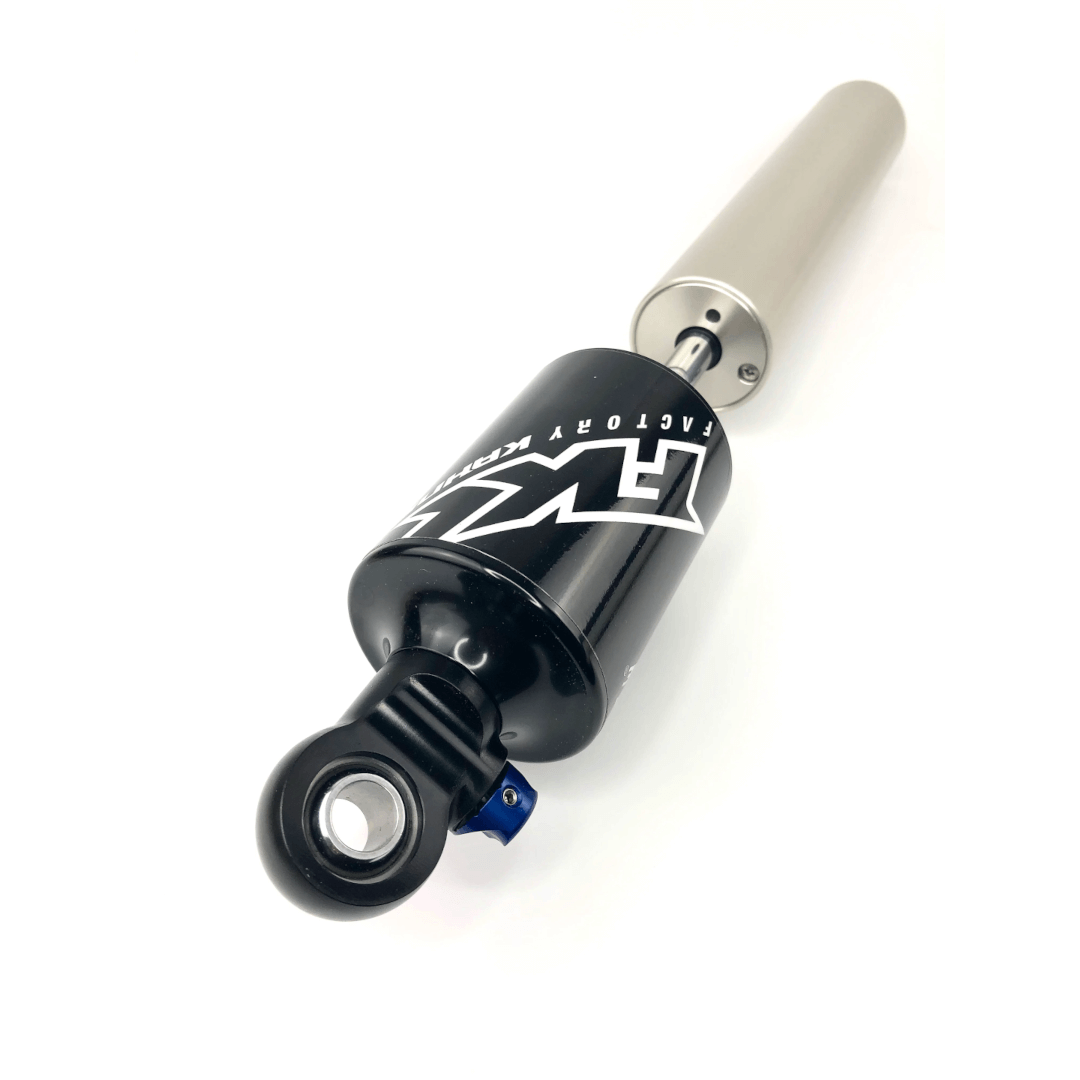
Twin-Tube Shocks
These are the most common shocks found in standard vehicles. They use two cylinders—one inside the other—to manage fluid movement and dampen the ride. Affordable and reliable, twin-tube shocks are ideal for everyday driving.
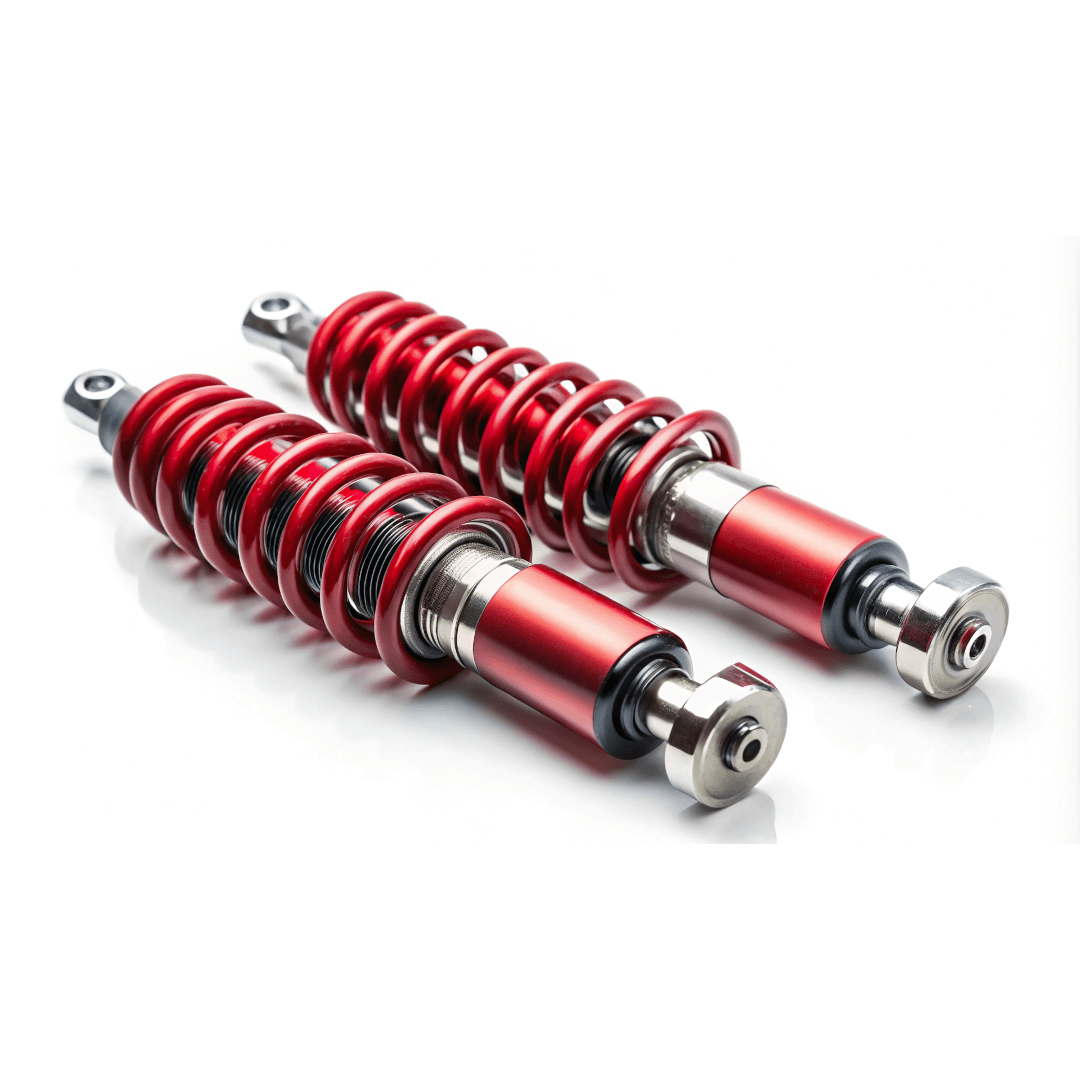
Coilover Shocks
Coilover shocks combine the shock absorber and coil spring into one compact unit, making them ideal for custom suspension setups. These are common in both track cars and off-road rigs.
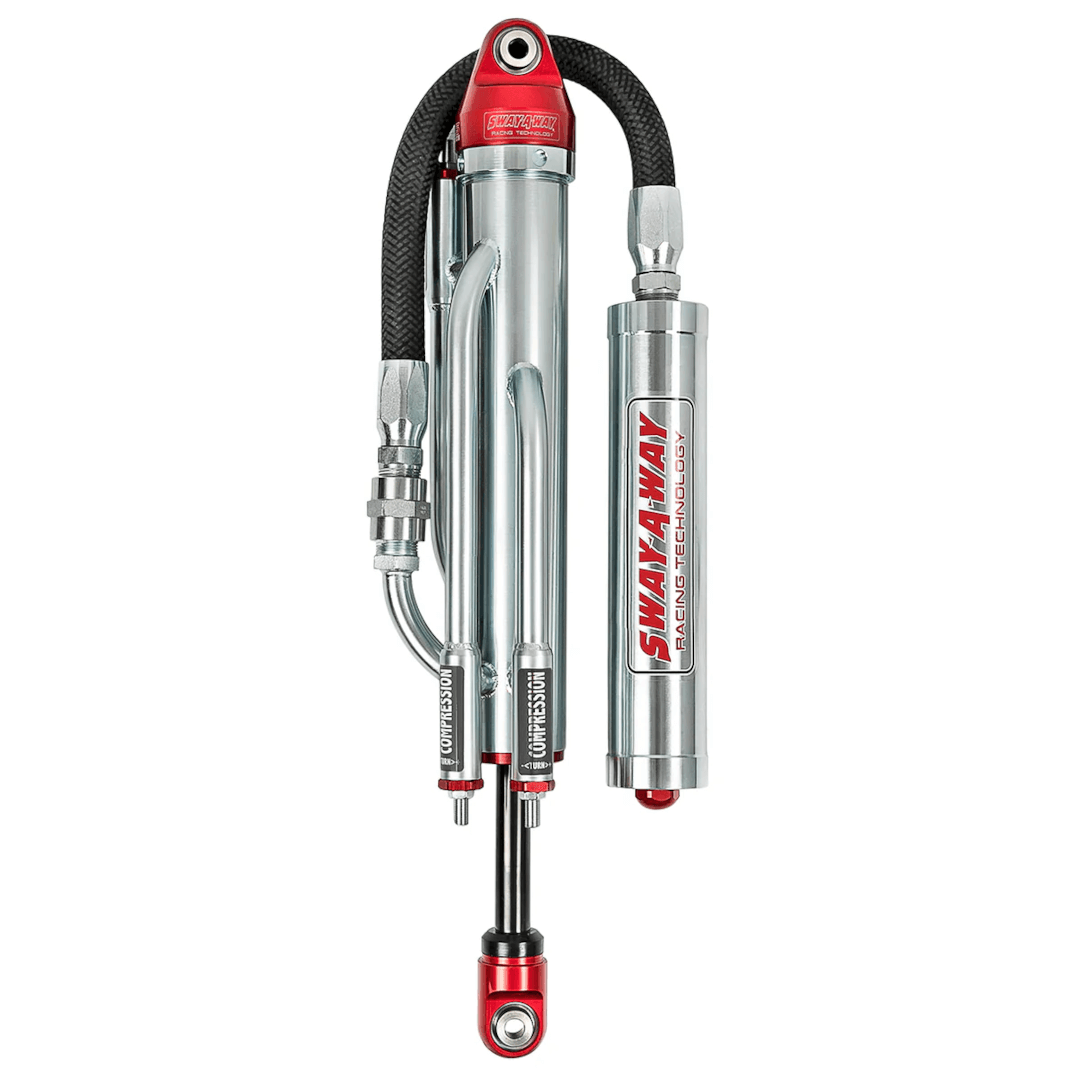
Bypass Shocks
For serious off-roaders and racers, bypass shocks allow for adjustable damping at different points of the suspension's travel—perfect for tuning your ride exactly how you like it.
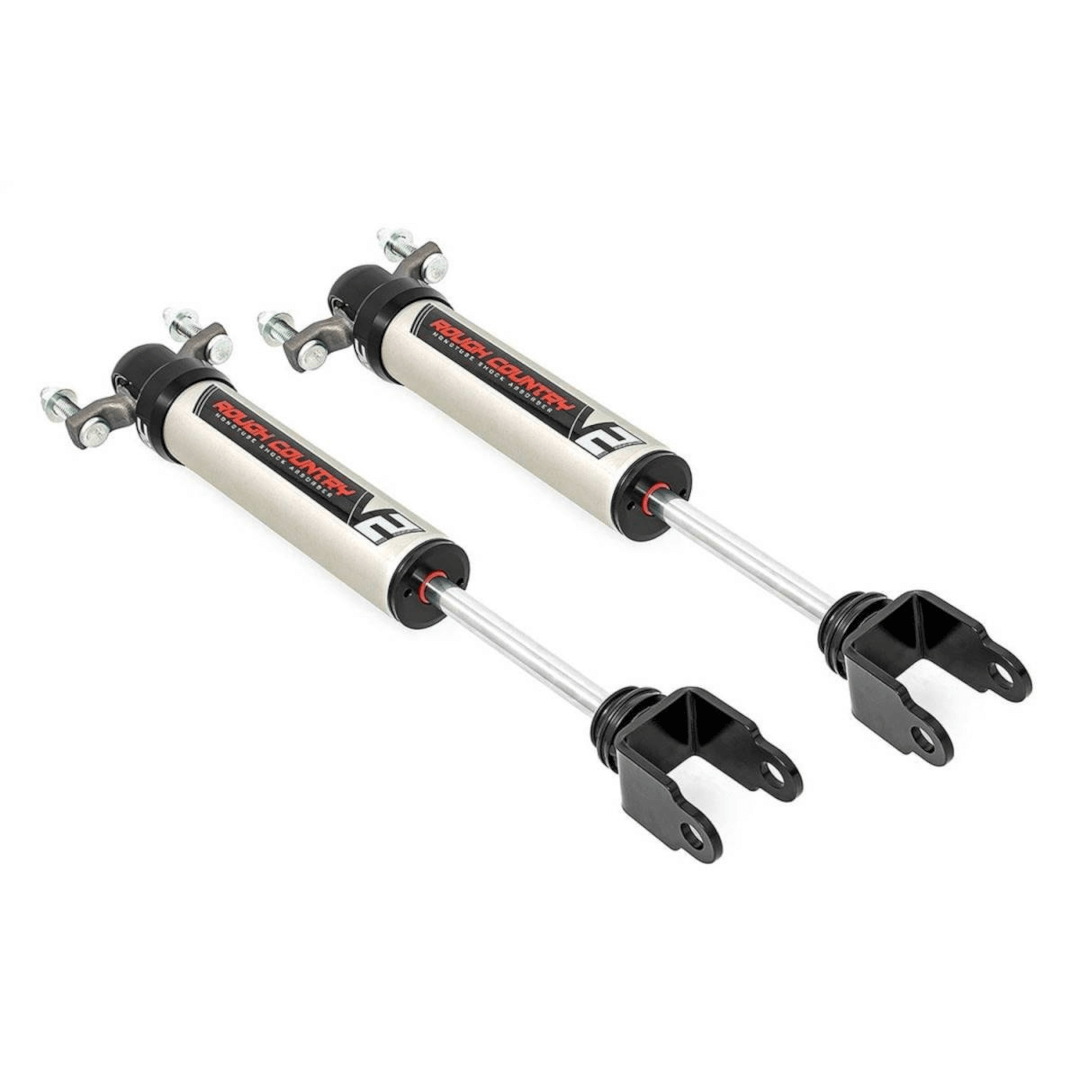
Mono-Tube Shocks
Offering better heat dissipation and more consistent performance, mono-tube shocks are a popular choice for performance vehicles or trucks that handle heavy loads.
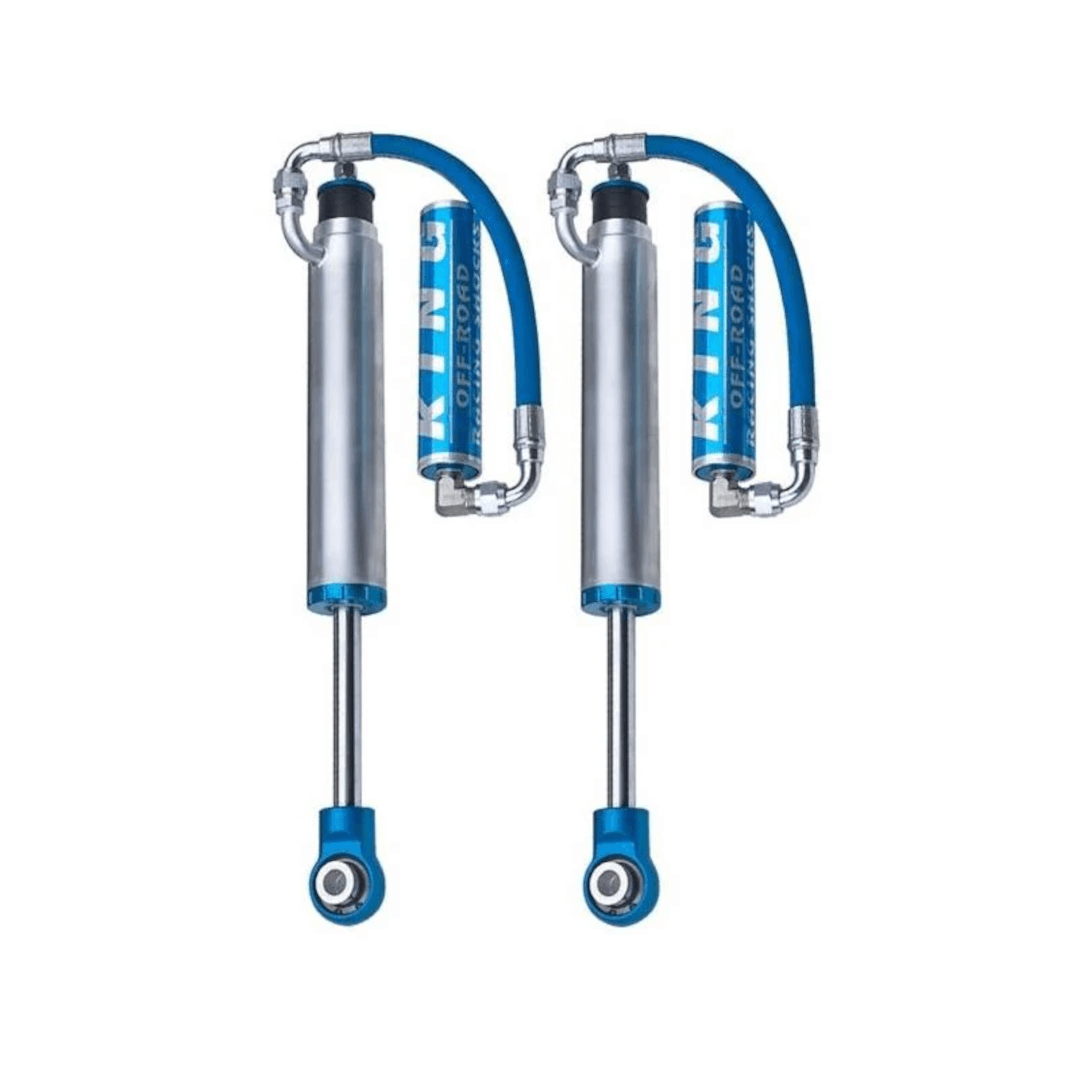
Remote Reservoir Shocks
If you spend your weekends exploring off-road parks like Wildomar OHV, you might want to consider remote reservoir shocks. They provide improved fluid capacity and cooling for those tough conditions
A frequent question we receive at 395 Auto & Performance is, “How can I tell when it's time to replace my shocks?” The issue is that shocks wear out gradually, so many drivers get used to the slow decline without noticing just how much their suspension has been affected.
Here are some telltale signs that your shocks are overdue for replacement:
When you bring your vehicle to 395 Auto & Performance for a shock replacement, we follow a thorough process to ensure your new shocks perform flawlessly.
We’ll begin with a thorough inspection of the full suspension to evaluate the state of your shocks, struts, and other related parts. Drawing on our extensive local experience, we’ll also take into account environmental factors—such as whether you frequently drive on rough roads —that could have contributed to increased wear.
Not all shocks are the same. We’ll suggest the perfect shock replacement tailored to your vehicle's make and model, your driving habits, and how you utilize your vehicle—whether you're navigating through Murrieta traffic or taking weekend trips to Temecula.
We’ll remove the old shock absorbers, install the new ones with precision, and torque everything to manufacturer specifications.
Post-Installation Alignment
After replacing your shocks, it's crucial to have an alignment check. New shocks can alter your suspension geometry, so we make sure your vehicle drives straight and your tires wear evenly.
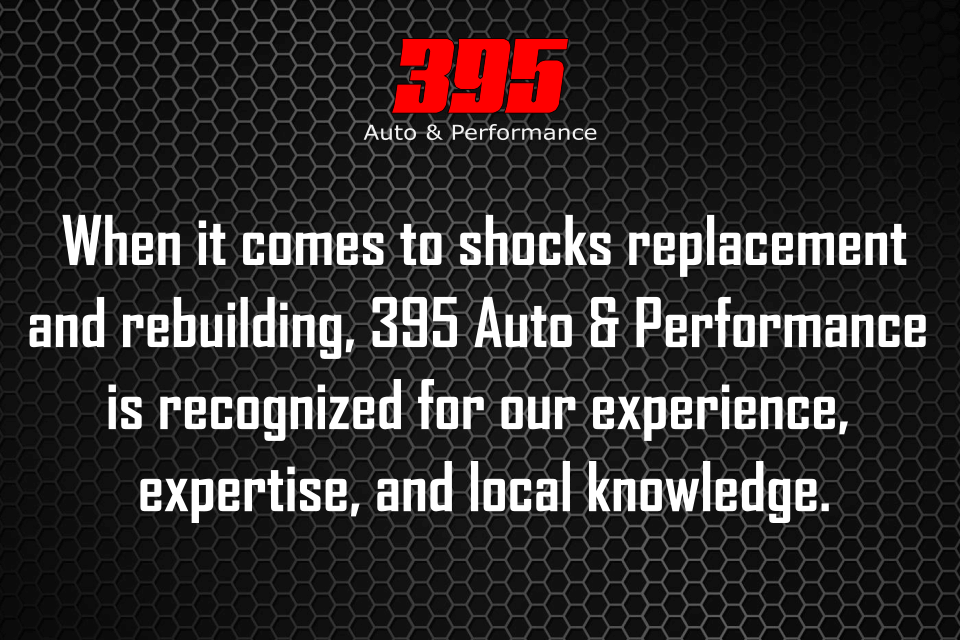
We’re more than just your local auto shop—we’re your neighbors who truly get the unique driving challenges of the Inland Empire. Whether you're commuting through Lake Elsinore, transporting gear to Hurkey Creek, or exploring the trails at Johnson Valley, our skilled team is here to provide you with top-notch shock replacement and shock rebuilding services.
While replacing worn-out shocks is usually the preferred option, many savvy drivers in the Inland Empire are opting for shock rebuilding. This method is particularly favored by off-road enthusiasts and performance vehicle owners, as it can rejuvenate your vehicle’s ride quality and handling while being more cost-effective.
Let’s explore what shock rebuilding entails, how it stacks up against replacement, and whether it’s the best choice for your sweet ride.
At its core, shock rebuilding involves completely taking apart your shock absorbers, checking and replacing any worn internal parts, refreshing the fluids, and bringing the shock back to a like-new state.
This is a common choice for high-end or performance shocks, such as remote reservoir shocks, bypass shocks, and coilovers, which are intended to be serviced rather than thrown away.
At 395 Auto & Performance, we typically recommend shock rebuilding when:
✅ You own rebuildable
shocks
like
King,
Fox,
Bilstein, or
ICON.
✅ You’re noticing performance decline but the
shock bodies
are still structurally sound.
✅ You’ve put significant miles on your suspension—especially if you’re running hard on
Cleghorn Road.
✅ You want custom tuning to match upgraded springs or altered ride height.
When you trust 395 Auto & Performance with your shock rebuild, you’re getting meticulous, professional service from suspension experts who understand how vital your shocks are to every mile you drive.
We carefully take apart each shock absorber, documenting wear and identifying components that need replacement.
Every part is cleaned to remove old oil, debris, and contaminants. Dirt and grit from off-roading are common culprits of internal wear.
We inspect seals, bushings, piston wear bands, and shafts. Worn parts are replaced with fresh, high-quality components.
After reassembly, we refill the shocks with fresh oil and, if applicable, recharge nitrogen levels to spec for optimal damping.
Before reinstalling, we bench test the
shocks
to ensure smooth operation and consistent performance.
Still unsure whether to
rebuild
or
replace
your
shocks? Here’s a quick comparison:
| Feature | Shock Replacement | Shock Rebuilding |
|---|---|---|
| Best for | Worn, non-serviceable shocks | High-end, serviceable shocks |
| Cost | Moderate to high (new shocks) | Lower than replacement |
| Customization | Limited | Fully turnable during rebuild |
| Environmental impact | Higher (discard old shocks) | Lower (resuse original body) |
If you're using standard OEM-style shocks on your daily drives in Riverside County, replacing them entirely could be the best option. However, if you've put money into high-quality suspension or frequently go off-roading, rebuilding your shocks is a wise and budget-friendly method to maintain your suspension performance.
Technically, yes—but you shouldn’t. Leaking shock absorbers lose their damping ability, making your vehicle unsafe. Schedule a shock replacement or rebuild immediately.
Both control motion and support handling, but struts are structural parts of the suspension, while shocks are stand-alone components. You can get both serviced at 395 Auto & Performance.
Common symptoms include:
If your shocks are rebuildable, rebuilding can be a better investment. But replacement is the way to go if they’re sealed units or severely damaged.
When it comes to shocks, shock replacement, and shock rebuilding, 395 Auto & Performance is recognized for our experience, expertise, and local knowledge. We know the specific challenges that Riverside County roads, trails, and climate present for your vehicle.
✅ Certified technicians who specialize in suspension systems
✅ Access to premium
shock absorber
brands and rebuild kits
✅ Local knowledge of
desert, mountain, and highway
driving conditions
✅ Honest, upfront pricing and advice
Whether you’re starting to see signs of shock wear or gearing up for a complete suspension overhaul, we’re here to ensure your ride remains smooth, safe, and prepared for anything the road—or trail—might present.

Your car deserves the best care, and 395 Auto & Performance is committed to delivering just that. Whether you need routine maintenance or intricate repairs, our skilled team is ready to help you get back on the road swiftly and safely.
BUSINESS HOURS
All Rights Reserved | 395 Auto & Performance